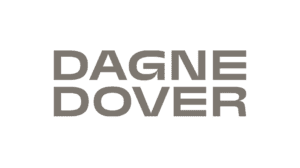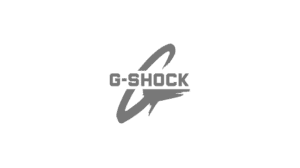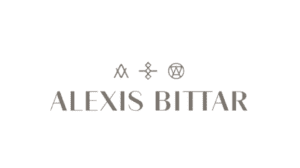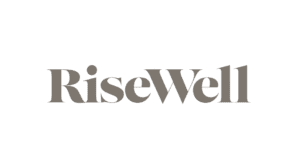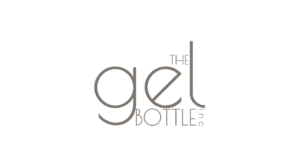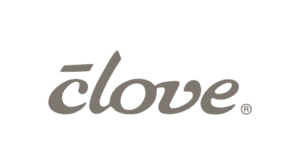The beauty industry is constantly evolving, and 2025 promises even greater shifts in how consumers discover, experience, and purchase their favorite products. From leveraging emerging platforms to rethinking personalization, the brands that embrace innovation will lead the pack. Here are three strategies beauty brands should prioritize in 2025 —and how we can help.
1. Go Big with Programmatic Advertising
Why it matters: Programmatic advertising allows brands to target beauty consumers with precision, serving tailored ads across websites, social media, and video platforms. It’s a cost-effective way to scale your reach while staying relevant.
A November 2024 study conducted by LG Ad Solutions [Beauty & The Screen: CTV’s Impact on Beauty & Grooming Shopping] found that:
- Beauty/grooming shoppers are also CTV users. 90% of female beauty shoppers and 95% of male shoppers are CTV users, making CTV an ideal channel for brands to reach these audiences.
- TV is an effective medium for beauty brands introducing new products. 43% of beauty shoppers learn about new products from TV ads, solidifying TV’s role in upper-funnel product discovery for beauty brands launching new products.
- High spending beauty shoppers (who spend $250+ per month on beauty/grooming products) are highly likely to take action after seeing a beauty TV ad, making CTV an ideal platform to drive sales.
How we can help: Our programmatic advertising services ensure your beauty brand reaches the right audience at the right time. Using real-time data, we optimize campaigns for maximum performance and ROI.
2. Harness the Power of Video
Why it matters: Video content drives 85% of all internet traffic, and beauty shoppers increasingly rely on tutorials, reviews, and influencer endorsements when making purchase decisions. Platforms like YouTube and Instagram dominate this space, offering brands a chance to engage authentically.
- Beauty content thrives on video platforms. In 2024, 72% of Gen Z and Millennial consumers reported watching beauty tutorials on platforms like YouTube and TikTok before making a purchase.
- Short-form videos drive conversions. According to Wyzowl’s 2024 Video Marketing Report, 87% of marketers reported that short-form video leads directly to increased sales.
- Influencer partnerships boost ROI. In a 2024 Influencer Marketing Hub report, beauty brands saw an 11x average return on investment when collaborating with influencers to create video content.
- How we can help: Our creative team creates high-impact video campaigns and fosters influencer partnerships tailored to your target audience. Whether it’s YouTube pre-roll ads or TikTok collaborations, we’ll ensure your brand story resonates with the right consumers.
3. Master Omnichannel Excellence
Why it matters: Today’s beauty consumers shop across multiple touchpoints, from online platforms to in-store experiences. To stay competitive, brands must ensure a cohesive, connected experience that follows customers wherever they shop.
- Omnichannel consumers are big spenders. A McKinsey report found that omnichannel shoppers spend 30% more per transaction compared to single-channel shoppers.
- E-commerce continues to dominate. According to Statista, the global beauty e-commerce market reached $115 billion in 2024, projected to grow by 8% annually through 2027.
- In-store experiences remain critical. A recent NRF study reported that 65% of beauty shoppers still prefer in-store shopping for the opportunity to test products before buying.
How we can help: We specialize in omnichannel strategies that integrate online ads, retail collaborations, and e-commerce. We’ll help you synchronize your digital and physical presence to create a seamless customer journey.
Set the Stage for a Successful 2025 with Mason Interactive
Let’s start the year strong—together. At Mason Interactive, we help brands strategize, execute, and measure impactful campaigns that drive results.
Ready to position your beauty brand for success? Connect with us to craft a strategy tailored to your goals.








